Better together or happier apart? The effects of housing on stress in mice
Does housing mice on their own affect animal welfare and reduce experimental validity? How was EthoVision XT video tracking software used to automate this investigation?
Posted by
Published on
Wed 31 Aug. 2022
Topics
| Anxiety | EthoVision XT | Mice | Stress |
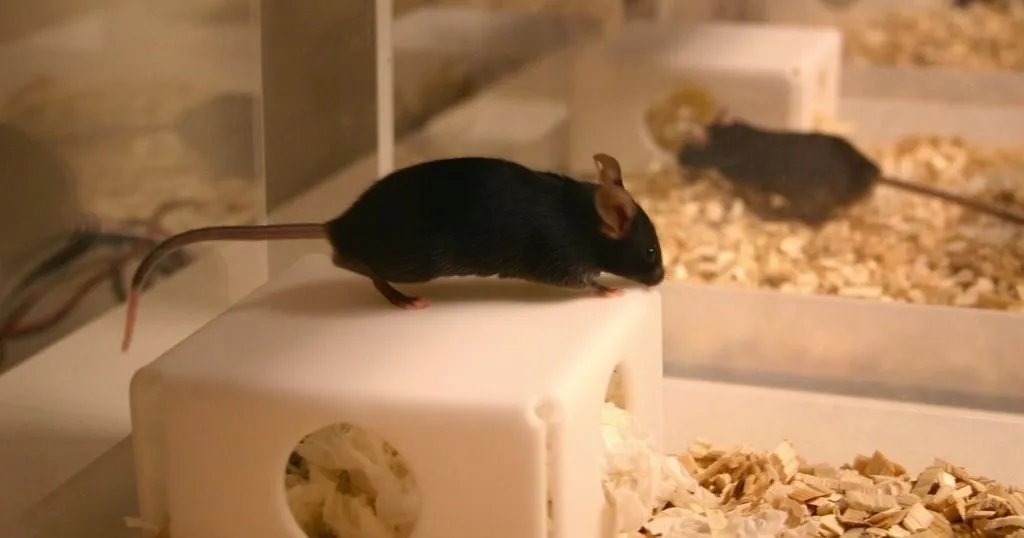
Better Together or Happier Apart? Investigating the Effects of Housing on Stress in Mice
Does housing mice on their own affect animal welfare and reduce experimental validity? Researchers at the University of Brussels (Buckinx et al) investigated this question using EthoVision XT video tracking software to automate their experiments [1].
Housing Strategies for Mice
Research has shown that animal welfare is a key factor in animal experimentation, not only for minimizing stress in animal subjects, but also to ensure the validity of scientific results gained in this way [2, 3].
Since mice are the most commonly used animals for biomedical research, the question of how best to house laboratory mice in order to minimize the amount of stress they experience is an important consideration in biomedical research [4].
Since mice are social animals, group housing or pair housing are the recommended default housing conditions. However, aggression between male mice frequently means that single housing is more practical. Also, single housing might be a more favorable experimental condition in certain studies, for example when group environments might compromise specific individualistic behavioral variables that are under investigation. In such cases, single housing can help scientists draw conclusions aimed at changes to a mouse’s specific individual behavior based on stimuli from the experiment itself and not influenced by other mice present.
In the interests of maintaining the potential social benefits of group housing while precluding inter-male aggression, the use of cage dividers – which permit sensory contact between mice without physical contact – have been suggested for experiments where group housing is not possible.5
Analyzing Behavior, Movement and Activity Using EthoVision XT
Buckinx et al decided to investigate the impact of different housing methods on the stress levels of mice in a series of tests [1].
Their research team first housed mice in a variety of conditions – single housed, pair housed, or pair housed with a cage divider – for several weeks. After this period, the researchers used EthoVision XT video tracking software to automatically monitor and analyze the movement and behavior of the mice during three different tests.
Open Field Test
The Open Field Test (OFT) is a test used to assess general activity levels, gross locomotor activity and exploration habits [6]. In this test, the researchers used EthoVision XT to automatically calculate several parameters: total distance traveled, time spent in the center zone, and measurements to evaluate exploratory/locomotor activity and anxiety-like behavior. The researchers found that while total distance traveled was statistically different between housing conditions in these experiments, the time spent in the center zone – a measure of anxiety-like behavior – did not differ significantly.
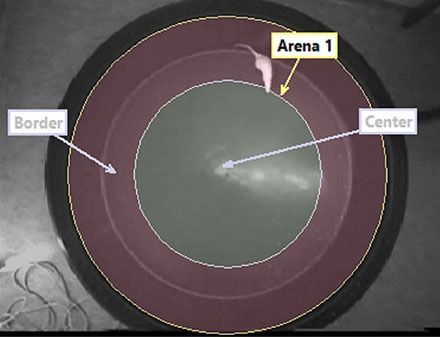
Elevated Plus Maze Test
The Elevated Plus Maze (EPM) test is used to investigate anxiety-like behavior [7]. In this test, mice are placed in a cross-shaped maze elevated from the ground. Two of the arms of the plus-shaped maze are open, while the two other arms are enclosed, providing a more sheltered area that tends to get more (and longer) visits by mice that are more anxious.
In this test, EthoVision XT enabled the researchers to completely automate measurements of time spent in the open arms, total distance traveled, and exploratory/locomotor activity. The team observed that time spent in the open arms of this maze and the total distance traveled remained unaffected between housing conditions.
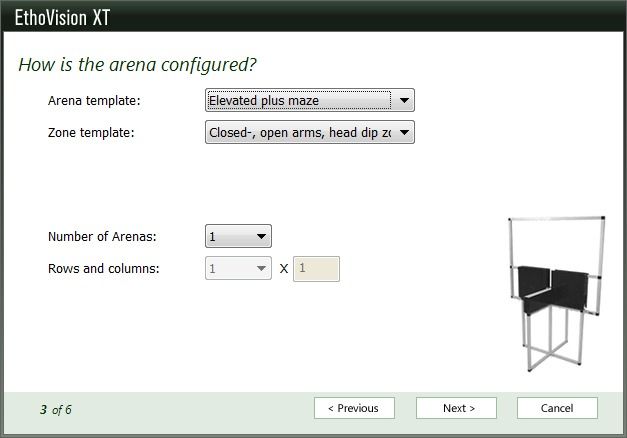
Fear Conditioning/Freezing Behavior
Finally, the researchers used the auditory fear conditioning paradigm to study fear memory formation in the mice [8]. In this test, EthoVision XT was used to examine freezing behavior in mice during habituation periods and as they were presented with various auditory stimuli. By defining “freezing” in terms of a difference between pixels (max 0.3%) in consecutive frames over a period of 1s, the researchers were able to use EthoVision XT to automate the process of data collection for this test. While there was a general trend recorded, no significant difference in freezing behavior was found between single and group housed mice in these fear retrieval tests.
Learn more about fear conditioning in our free white paper

So what do these outcomes mean?
The results from the open field, elevated plus maze and fear conditioning test did not show any particular differences between mice that were singly or pair-wise housed, nor with a cage divider. This was unexpected considering the hypothesis of the study, stating that single housing would probably increase stress and anxiety (and would be decreased again by the cage divider). The authors suggest that this method is highly context-dependent, and should be further investigated before being considered a viable housing strategy in mice. Such investigations are extremely valuable for the ongoing improvements in animal welfare and ethics in general, which are made possible with powerful and versatile tool such as EthoVision XT.
The value of EthoVision XT
EthoVision XT has evolved over the years from video tracking software into a fully-fledged software platform, offering full integration of data and automation of animal behavior experiments. From simple tests like open field to complex or high-throughput protocols, EthoVision XT provides accurate measurement of a huge range of parameters along with unparalleled versatility in data processing and visualization. EthoVision XT is now by far the most cited video tracking system in the world [9].
References and Further Reading- Buckinx, A. et al. Exploring Refinement Strategies for Single Housing of Male C57BL/6JRj Mice: Effect of Cage Divider on Stress-Related Behavior and Hypothalamic-Pituitary-Adrenal-Axis Activity. Frontiers in Behavioral Neuroscience 15, (2021).
- Poole, T. Happy animals make good science. Lab Anim 31, 116–124 (1997).
- Science-based assessment of animal welfare: laboratory animals - PubMed. https://pubmed.ncbi.nlm.nih.gov/16358504/.
- Carbone, L. Estimating mouse and rat use in American laboratories by extrapolation from Animal Welfare Act-regulated species. Scientific Reports 11, 493 (2021).
- Social enrichment by separated pair housing of male C57BL/6JRj mice | Scientific Reports. https://www.nature.com/articles/s41598-020-67902-w.
- Open Field. Behavioral and Functional Neuroscience Laboratory https://med.stanford.edu/sbfnl/services/bm/sm/openfield.html.
- Elevated Plus Maze Test. Behavioral and Functional Neuroscience Laboratory https://med.stanford.edu/sbfnl/services/bm/ep/bml-plusmaze.html.
- Effects of repeated anodal transcranial direct current stimulation on auditory fear extinction in C57BL/6J mice - PubMed. https://pubmed.ncbi.nlm.nih.gov/33454396/.
- Benefits - EthoVision XT. Benefits - EthoVision XT https://noldus.com/ethovision-xt/benefits.
- Buckinx, A. et al. Exploring Refinement Strategies for Single Housing of Male C57BL/6JRj Mice: Effect of Cage Divider on Stress-Related Behavior and Hypothalamic-Pituitary-Adrenal-Axis Activity. Frontiers in Behavioral Neuroscience 15, (2021).
- Poole, T. Happy animals make good science. Lab Anim 31, 116–124 (1997).
- Science-based assessment of animal welfare: laboratory animals - PubMed. https://pubmed.ncbi.nlm.nih.gov/16358504/.
- Carbone, L. Estimating mouse and rat use in American laboratories by extrapolation from Animal Welfare Act-regulated species. Scientific Reports 11, 493 (2021).
- Social enrichment by separated pair housing of male C57BL/6JRj mice | Scientific Reports. https://www.nature.com/articles/s41598-020-67902-w.
- Open Field. Behavioral and Functional Neuroscience Laboratory https://med.stanford.edu/sbfnl/services/bm/sm/openfield.html.
- Elevated Plus Maze Test. Behavioral and Functional Neuroscience Laboratory https://med.stanford.edu/sbfnl/services/bm/ep/bml-plusmaze.html.
- Effects of repeated anodal transcranial direct current stimulation on auditory fear extinction in C57BL/6J mice - PubMed. https://pubmed.ncbi.nlm.nih.gov/33454396/.
- Benefits - EthoVision XT. Benefits - EthoVision XT https://noldus.com/ethovision-xt/benefits.
Related Posts
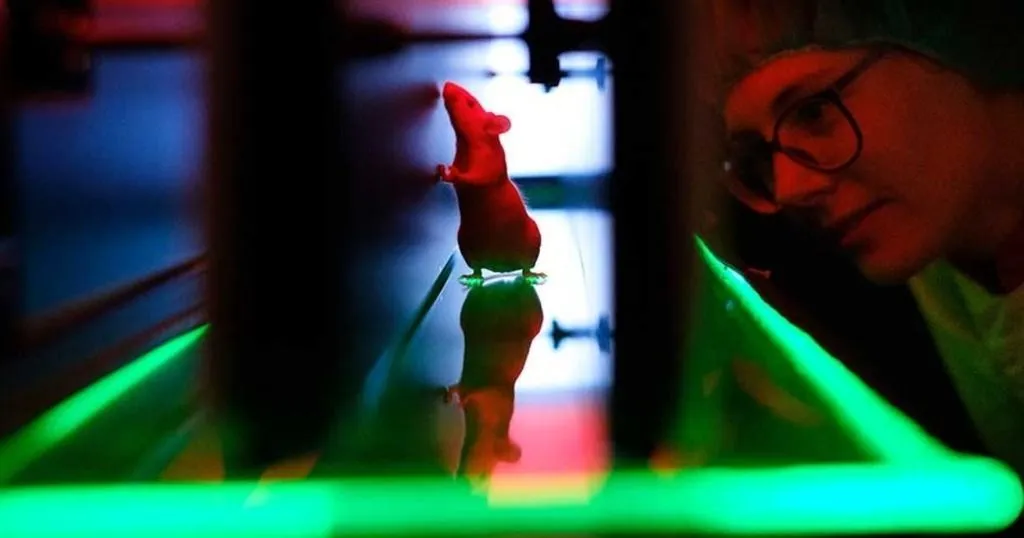
What you need to know about the CatWalk gait analysis method
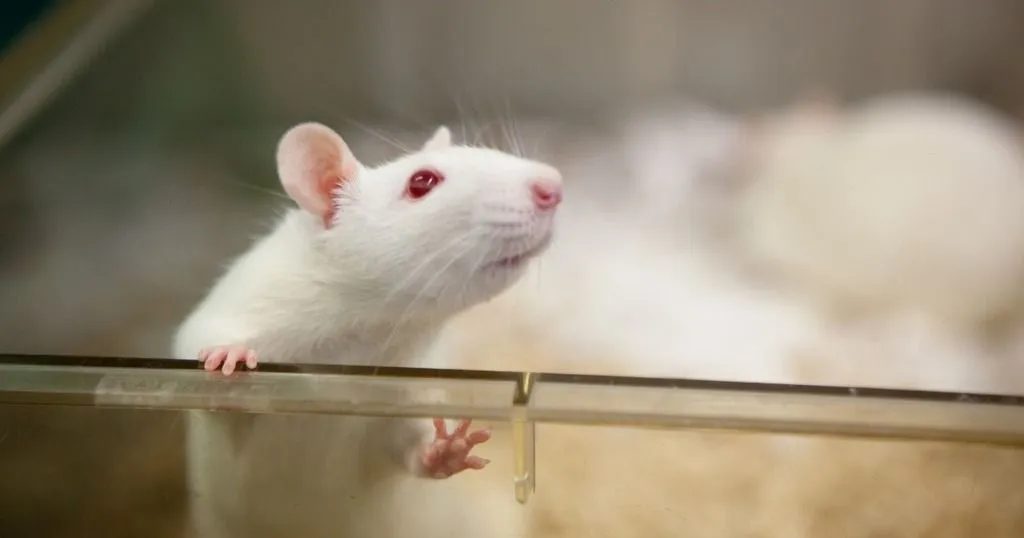
How behavioral core facilities advance research

